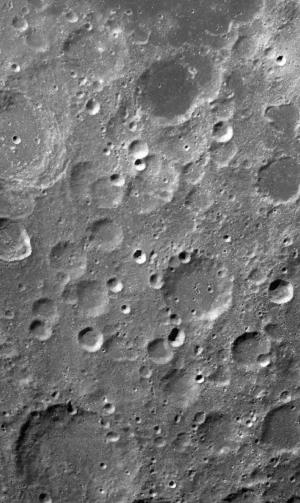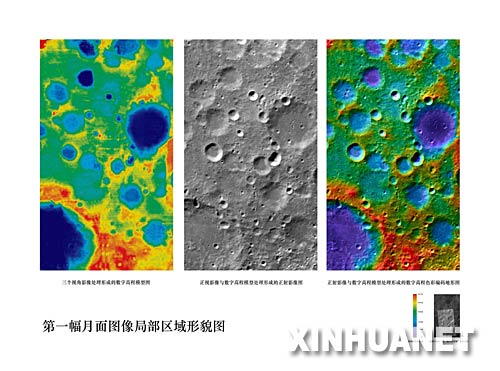Autumn Child
Junior Member
More news...
Chang'e I set to power up equipment
Last Updated(Beijing Time):2007-11-19 09:04
China's first lunar orbiter Chang'e I will change its posture to get positioned on the moon late Sunday, and activate probing facilities aboard afterwards to get ready for scientific exploration, the China National Space Administration (CNSA) said Sunday.
The satellite has gone through a number of tests since it entered the 127-minute polar circular orbit about 200 km away from the moon's surface on November 7, according to Pei Zhaoyu, the spokesman for CNSA.
"All the tests indicate Chang'e I is working properly," said Pei, "and the satellite is in a very good state."
"The power supply is stable; its posture and temperature is under normal control; and its communication with the earth is smooth," Pei said.
After Monday's maneuvers, the satellite will officially kick off scientific exploration of the moon.
During the process, it will also position its solar panel toward the sun for power generating and the directional antenna towards the Earth to allow data to be transmitted back to the Earth.
The 2,350-kg satellite carried eight probing facilities, including a stereo camera and interferometer, an imager and gamma/X-ray spectrometer, a laser altimeter, a microwave detector, a high energy solar particle detector and a low energy ion detector.
The satellite is expected to relay back its first picture of the moon in late November.
The satellite aims to fulfil four scientific objectives, including a three-dimensional survey of the moon's surface, analysis of the abundance and distribution of elements on lunar surface, an investigation of the characteristics of lunar regolith and the powdery soil layer on the surface, and an exploration of the circumstance between the earth and the moon.
Chang'e I is designed to stay on its final working orbit for one year.


